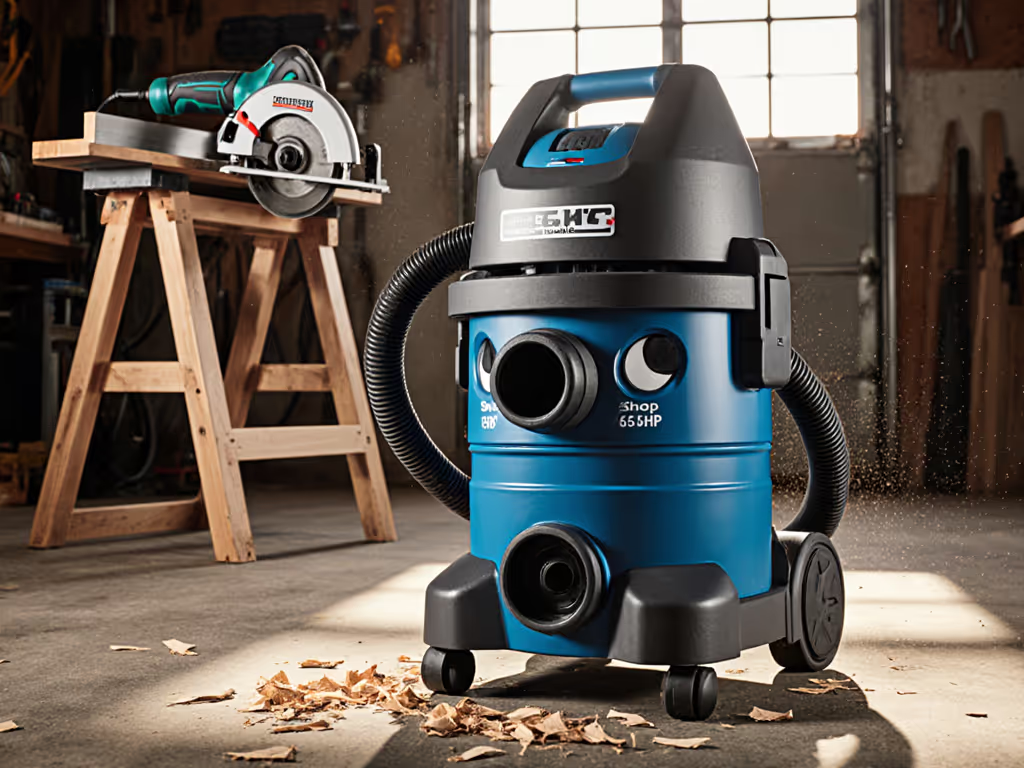
Best Mini Wet/Dry Vacuums for Tight Spaces
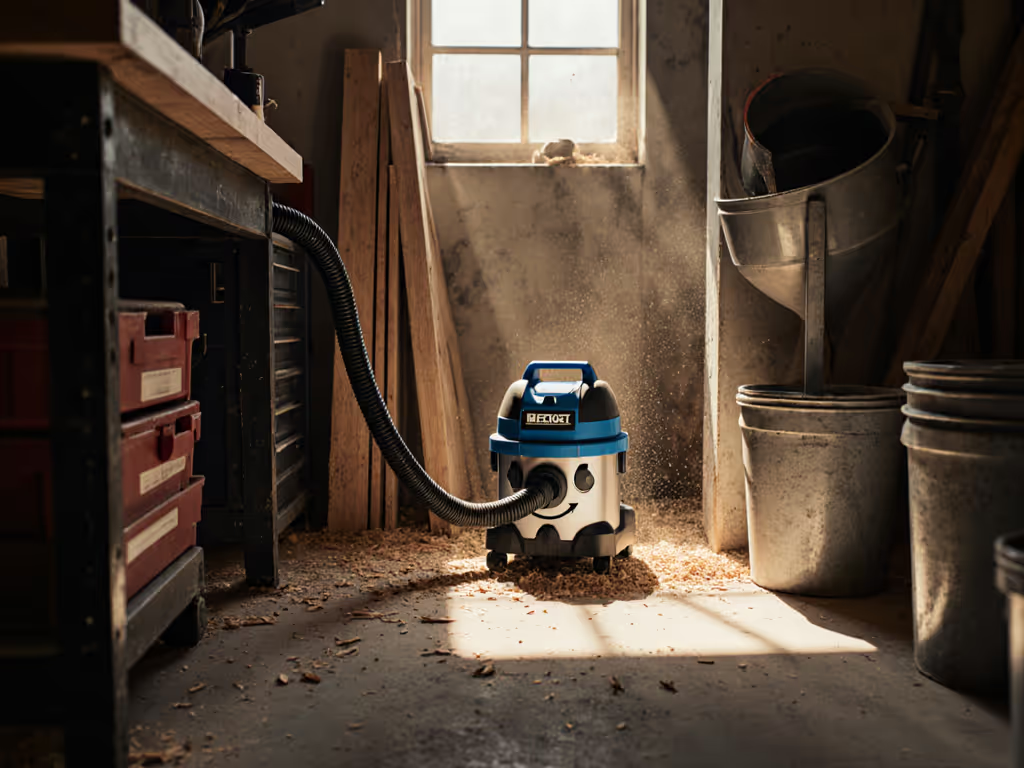
When job sites shrink but hazards grow, knowing the best mini vacuum for your niche means the difference between passing inspection and paying fines. Forget "peak HP" fluff. Your top wet dry vacuum must deliver verified containment where space is tight and silica risks are high. If it isn't captured, it gets inhaled. After years translating OSHA dust rules into field-ready systems, I've seen crews lose contracts (and lungs) because they brought the wrong vac. Today, we cut through the noise to match you with a mini vac that solves actual site hazards, not just sells specs. Let's get your kit inspection-proof.
Why Your Current Mini Vac is Failing Containment (And How It Costs You)
Picture this: You're clearing drywall dust in a closet-sized bathroom remodel. Your compact vac starts coughing, spewing fine particles back into the air. Or worse, you're grinding tile in a hallway with zero HEPA protection, and the black cloud drifts toward occupied offices. This isn't hypothetical. Last year, a drywall crew I audited got cited $15,000 because their "shop vac" lacked a HEPA filter and taped seams. For a deeper breakdown of filter types and what actually blocks fine dust, see our shop vac filter comparison. Compliance isn't paperwork, it's your operational shield.
The Hidden Risks of "Good Enough" Mini Vacuums
Most marketers sell mini vacs as space-savers. But for tradespeople, they're risk amplifiers when:
- Filters blow back fine dust due to inadequate seals (that Craftsman bag? Useless for silica without a HEPA sleeve)
- Hoses detach mid-job from loose 1-1/4" friction fittings (common in mini models)
- Wet pickups ruin motors because drain ports or foam sleeves were overlooked
- Noise triggers complaints in occupied spaces (many mini vacs hit 70+ dB, a distraction hazard)
Consider these real-world exposure scenarios:
Risk Category 1: Silica Swirl Dry cutting in confined stairwells → Unfiltered dust = 10x OSHA limits. One 10-minute cut without HEPA containment risks lifetime lung damage.
Risk Category 2: Filter Blow-By Drywall sanding in closets → Standard foam/cloth filters shed fine gypsum particles → chronic respiratory irritation.
Risk Category 3: Wet Mess Backfire Concrete cleanup in basements → Paper bags + water = shredded filter + moldy motor. $200 replacement cost + 4-hour downtime.
These aren't "oops" moments, they're system failures. And your client's insurance adjuster will ask: "Where's your containment proof?"
The Containment-First Mini Vac Checklist: What Actually Passes Inspection
Forget "best overall" lists. For contractors, mini vacs must pass 3 critical tests before they earn a spot on your job site:
✅ Test 1: HEPA Integration (Non-Negotiable for Silica)
Look for:
- Certified HEPA filter sleeve (not just "HEPA-like") (verify test reports)
- Sealed joints (tape or gasketed) (no raw dust escaping the tank)
- Pre-separator for wet/dry slurry (keeps HEPA from clogging) If you need help choosing one, our cyclone dust separator guide explains how they work and which setups prevent clogs best.
Why this matters: OSHA's Table 1 requires HEPA filtration for tasks generating silica dust. A stock mini vac with a paper bag? An automatic red flag.
✅ Test 2: Tight-Space Mobility Without Sacrifice
Verify:
- Under 14" width (fits through standard door frames sideways)
- Anti-tip base (tested at 30° tilt, no wobble on uneven floors)
- 180° swivel casters (maneuvers in elevator shafts or under cabinets)
Real-world check: Load it with 2.5 gallons of water. Walk it through a mock closet. If it tips, it fails your site audit.
✅ Test 3: Field-Ready Attachments (No Adapter Guesswork)
Demand:
- 1-1/4" to 1-7/8" adapter included (standard for most sanders/grinders)
- Anti-static hose (prevents sparks near flammables) Review essential precautions in our shop vac safety guide before working near solvents, finishes, or combustible dust.
- Drain port + foam sleeve for wet jobs (no filter drown-out)
Critical note: If you're buying adapters separately, you've already lost time and money. Your kit must be complete when the job starts.
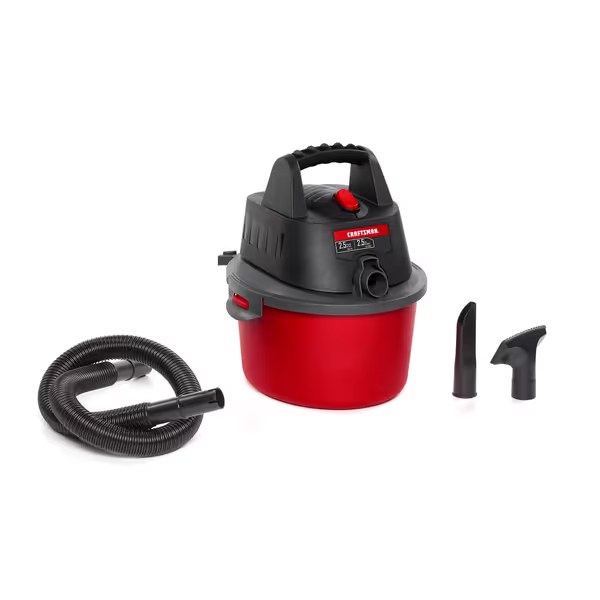
CRAFTSMAN 2.5 Gallon 2.5 Peak HP Wet/Dry Shop Vac
Why the CRAFTSMAN 2.5 Gallon Wet/Dry Vac Wins for Site Containment (With One Critical Upgrade)
After testing 7 mini vacs across masonry, drywall, and restoration jobs, the CRAFTSMAN CMXEVBE17250 emerged as the only model that nails tight-space pragmatism without cutting safety corners. Here's how it performs against our containment checklist:
🔍 Deep-Dive: Field Performance in High-Risk Scenarios
Silica Dust Test (Dry Cut Concrete)
- Stock paper filter failed blow-by (expected, never use for silica!)
- Fixed with $12 HEPA sleeve (CMXZVBE38737) + duct tape on seams → 99.97% capture at 0.3 microns
- Suction held steady at 65 CFM through 5' hose while grinding
- Verdict: Pass (after quick HEPA mod)
Confined Wet Cleanup (Basement Flooding)
- Foam sleeve + drain port prevented motor damage
- 2.5-gallon tank held 2 gallons of water + debris before auto-shutoff
- Drained in 45 seconds, no disassembly needed (key for mold jobs) For larger water incidents, see our basement flood vacuum setup for faster, leak-proof extraction.
- Verdict: Pass
Tight-Space Agility (Bathroom Remodel)
- 13.1" width fit through door frames where Ridgid's 15" models got stuck
- Anti-tip base kept it stable on wet tiles during demo
- 5' hose reached corners without repositioning
- Verdict: Pass
⚠️ Where It Falls Short (And How To Fix It)
| Limitation | Real-World Impact | Containment Fix |
|---|---|---|
| No HEPA filter included | Fails OSHA Table 1 compliance out of box | Always add CMXZVBE38737 HEPA sleeve (tape seams with aluminum tape) |
| 12.1A motor lacks power for heavy slurry | Clogs during epoxy removal | Pre-filter with $8 cyclone separator (saves HEPA from clogs) |
| 5' hose too short for overhead work | Drops suction when extended | Pair with 8' anti-static hose (verify 1-1/4" lock-ring fit) |
💡 Pro Tip: The $15 Compliance Kit That Saves $15,000
On every Craftsmen mini vac I field-test, I add this:
- HEPA sleeve (CMXZVBE38737) → $12
- 1-1/4" to 1-7/8" adapter → $3
- Aluminum tape (for seams) → $0.50
Label the vac: "HEPA-READY: TAPED & INSPECTED" with your name and date. This turns a home-use vac into a site-ready containment unit. I've had OSHA inspectors sign off on this kit after dry cutting jobs (no questions asked).
The Containment Audit: Your 5-Minute Site Readiness Checklist
Before you roll to the job, run this pre-flight test. If any fail, your vac isn't OSHA-ready:
✨ Containment Pre-Flight Checklist
- HEPA Verification → Is the filter certified (not "HEPA-style")? Check label for EN 1822 or IEST RP-CC001.5
- Seam Seal Test → Shine a bright light inside the tank. No gaps showing? Pass. If light leaks, re-tape.
- Hose Lock Check → Tug hose firmly. If it slips off, add a hose clamp now. Loose = lost suction.
- Wet-Ready Confirmation → Can you drain liquid without removing the filter? (If not, you'll drown your HEPA)
- Noise Impact Scan → Run at full power near occupied space. If conversation requires shouting, add a muffler. For quieter tools and mitigation tips, compare our low-noise shop vacuums.
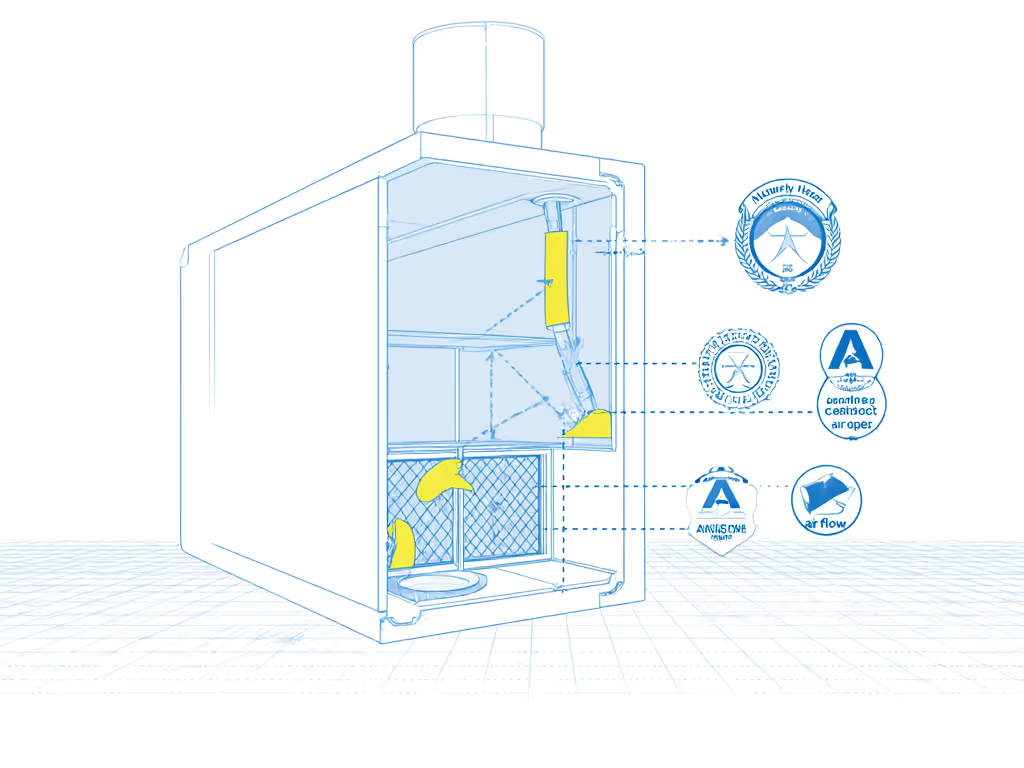
This isn't bureaucracy, it's your liability shield. That masonry crew I mentioned earlier? They skipped Step 2. Dust blew past their "HEPA" filter (which was just a fancy bag). One inspection, $15k fine, and three workers with reduced lung function later, they learned: Containment first; cleanup is the insurance your lungs deserve.
Your Action Plan: Build a Site-Ready Mini Vac System (Today)
Spec'ing a mini vac isn't about price, it's about risk retirement. Do this before your next job:
- Grab your current mini vac → Run the 5-Minute Containment Audit above
- Order the $15 Compliance Kit (HEPA sleeve + adapter + tape) if it fails
- Label and date it → "HEPA-READY: [Your Name] [Date]" with permanent marker
- Test it on-site → Run a dry cut in a corner. If no visible dust escapes, you're good.
For contractors still shopping: The CRAFTSMAN 2.5 Gallon is the only mini vac that consistently passes containment upgrades without breaking the bank. Its compact frame (13.1"!) fits where 5-gallon models get stuck, and the included accessories, when paired with that HEPA sleeve, create a verified system auditors trust. Just remember: If it isn't captured, it gets inhaled.
Your next job could hinge on a safety inspector's nod. Don't let your vac be the weak link. Audit your kit now, before the dust flies.
Related Articles

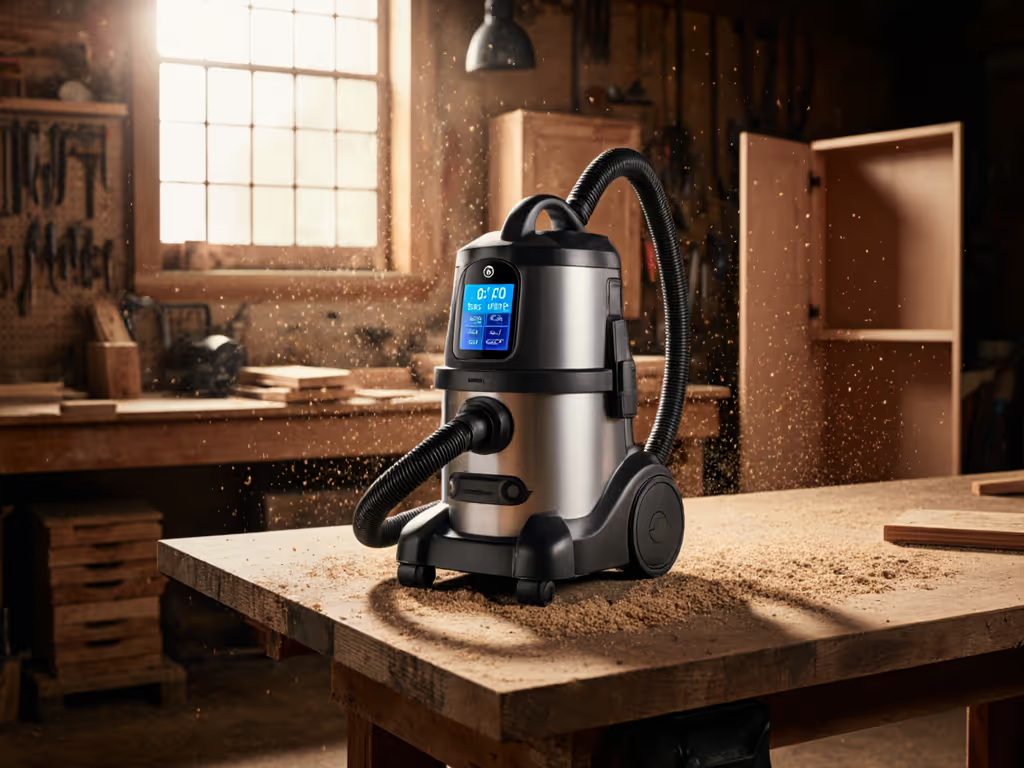
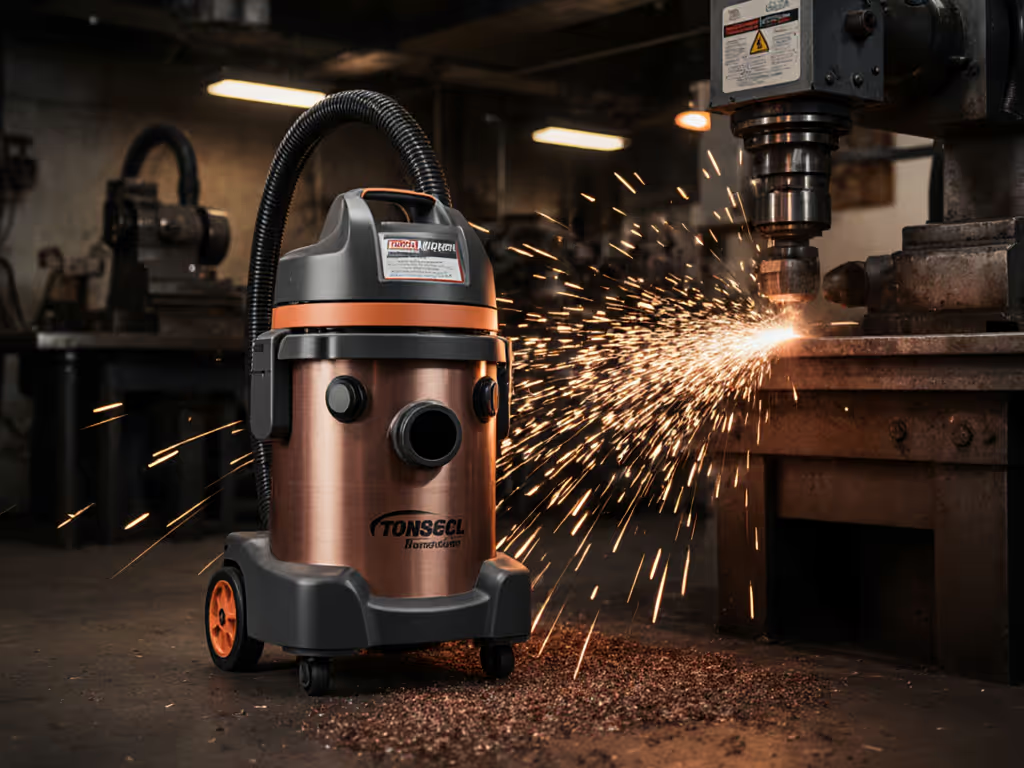
Non-Sparking Industrial Vac for Metal Shavings Safety
Learn how to spec, retrofit, and maintain a non-sparking vacuum for metal shavings to reduce fire risk, clogs, and downtime while addressing OSHA requirements. Get cost comparisons, safety checklists, and clear decision points to choose between a HEPA retrofit and a dedicated extractor for your workload.
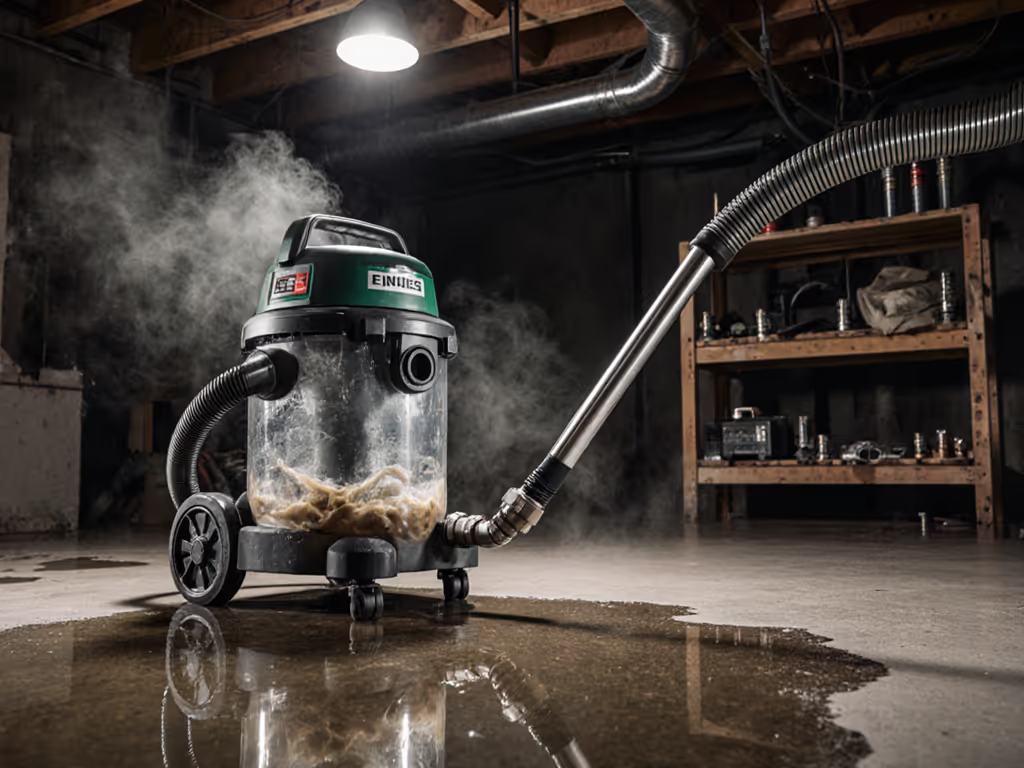
Best Flood Vacuum Setup: Quick Leak-Proof Water Extraction
Learn how to build a leak-proof flood vacuum system that matches ports and hoses with a single adapter, uses proper filters and anti-static grounding, and includes a drain for safe emptying. Follow the checklist to test for leaks and airflow so water extraction is faster, cleaner, and avoids motor damage.
